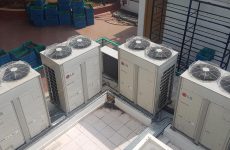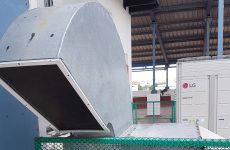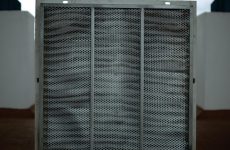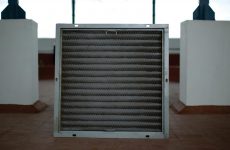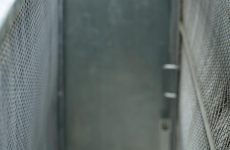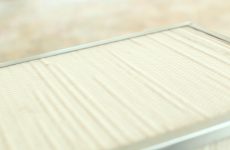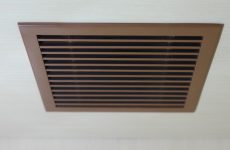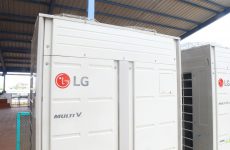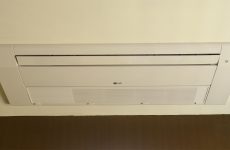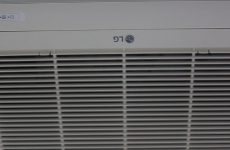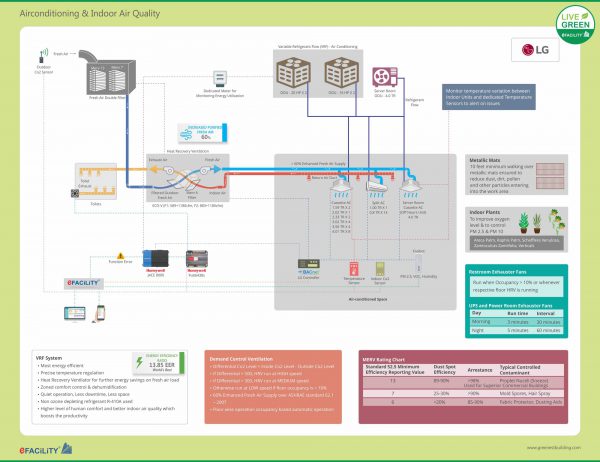
The air is fresh and work areas are comfortable, not too cold or warm. The facility is air-conditioned using Variable Refrigerant Flow or VRF System that is said to be 55% more energy efficient than others providing precise temperature control within the building. The system installed here boasts for an Energy Efficiency Ratio (EER) of 13.85% which is one of the world’s best.
There are temperature sensors across all densely occupied spaces that monitors the ambient temperatures and this is used to compare against the set temperatures to determine any faults in the air-conditioner thermostat, cooling effect of specific areas etc.
The fresh-air is pumped from the roof of the building using multiple zone wise Heat Recovery Ventilators or HRVs to the air-conditioned areas which controls carbon-dioxide build-up inside the facility. The HRV while taking in the fresh air, exhausts the return-air from the workspaces and enables heat transfer between the warmer fresh-air against the cooled exhaust air to reduce the load on the air-conditioning system.
The fresh air is triple filtered as it passes through a MERV 13 and MERV 7 filter at the roof-top intake point and through the MERV 6 filter installed in the HRV making sure the fresh air is free from particulate matter entering the workspace.
Similar to the temperature sensors, Carbon-dioxide sensors are installed in all densely occupied spaces to monitor the CO2 levels within the building. There is also an outdoor CO2 sensor installed to monitor the outdoor levels. The Building Automation System continuously monitors the differential CO2 levels between the occupied indoor spaces and the outside CO2 levels and pumps fresh air into the building at required speeds based on the differential, implementing the Demand Controlled Ventilation concept which reduces the CO2 levels automatically while controlling the head load for the air-conditioning system.
The workspaces are also monitored by another IOT device called Foobot which senses the level of volatile organic compounds (VOCs), humidity and Particulate Matter 2.5 levels within the workspace. SIERRA’s eFACiLiTY® software fetches data from this IOT device from the cloud and operates the HRV in different speeds when the levels of VOCs or PM2.5 or humidity goes beyond set levels. This is something which is unique to this facility as normally only CO2 levels are monitored using sensors and the rest are tested only periodically.
Plenty of indoor plants keeps the facility green and healthy. To improve the oxygen level and control PM 2.5 and PM 10 levels plant varieties like Areca Palm, Raphis Palm, Schefflera Venulosa etc. are installed.
The metallic mats installed in all floors contributes to control the dust levels in addition.
